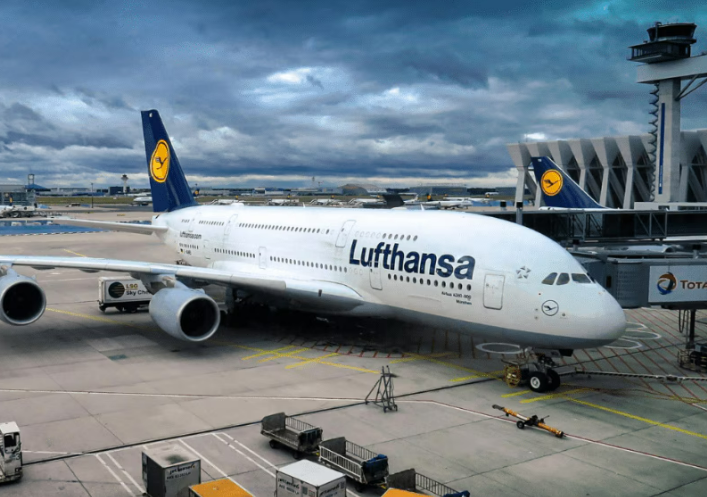A Strategic Shift in Lufthansa’s Workforce
The Lufthansa Group, one of Europe’s largest airline conglomerates, has unveiled plans to cut 4,000 jobs by the end of the decade. The decision, confirmed through international reports, underscores the company’s intent to restructure operations and streamline costs while modernising internal processes.
While Lufthansa currently employs more than 103,000 people worldwide, the majority of the roles set to be eliminated are concentrated in administrative and back-office functions. Importantly, the group has clarified that operational staff—pilots, cabin crew, and ground personnel—will not be directly affected by this wave of layoffs. Instead, the airline is seeking to improve efficiency through automation and new digital solutions.
Germany’s Tough Economic Backdrop
The timing of Lufthansa’s move aligns with Germany’s broader economic challenges. The country has entered its second consecutive year of economic contraction, with unemployment reaching a ten-year high. Industrial giants across multiple sectors are struggling with rising energy costs, global competition from China, and slower-than-expected technological progress.
Lufthansa’s decision comes in the wake of another major announcement from Bosch, which recently declared that it would cut 13,000 jobs worldwide. These successive developments highlight how some of Germany’s most established corporations are re-evaluating workforce requirements to weather the ongoing economic downturn.
Digitalisation and Artificial Intelligence at the Core
Central to Lufthansa’s restructuring is its commitment to digitalisation and artificial intelligence (AI). In a company statement, the group explained that it is reassessing which activities may no longer be required due to duplication or the availability of automated alternatives.
“Profound changes brought about by digitalisation and the increased use of artificial intelligence will lead to greater efficiency in many areas and processes,” Lufthansa noted.
This marks a significant pivot from traditional administrative operations toward advanced technologies. Routine tasks such as documentation, data entry, and workflow coordination are expected to be handled increasingly by AI-driven systems, allowing Lufthansa to allocate resources more effectively and reduce overhead costs.
Setting Ambitious Financial Targets
Beyond workforce reductions, Lufthansa has mapped out an ambitious financial roadmap for 2028–2030. The airline group aims to achieve an adjusted operating margin of 8 to 10 percent within this period. In addition, the company has outlined broader strategic objectives to enhance cash flow, optimise its fleet, and strengthen competitiveness in an evolving aviation industry.
Fleet renewal will play a key role in this strategy. Lufthansa has plans to integrate hundreds of next-generation aircraft by 2030, reducing fuel costs and meeting stricter environmental standards. Together with digitalisation efforts, these measures are designed to ensure sustainable profitability in an industry still recovering from pandemic-related disruptions and rising global competition.
Labour Concerns and Industry Risks
While Lufthansa has been careful to focus cuts on non-operational staff, the decision has already raised concerns among employees and unions in Germany. The country’s strict labour laws require consultations before large-scale workforce reductions, and unions may push back against aspects of the plan.
There are also execution risks. Overreliance on AI or abrupt job cuts could create disruptions, reduce institutional knowledge, or impact morale across the organisation. Analysts caution that while digital tools can unlock efficiencies, mismanagement of transitions could undermine service quality or operational stability.
A Broader Trend in Global Aviation
Lufthansa’s announcement mirrors a broader global shift. Airlines worldwide are grappling with rising costs, climate obligations, and the need for digital transformation. Many legacy carriers are introducing AI in scheduling, ticketing, and customer support while reducing reliance on manual processes.
For Lufthansa, the restructuring is both a survival strategy and a proactive step to position itself as a future-ready carrier. Whether this balance of job cuts, fleet upgrades, and financial ambition can secure long-term resilience will depend on how effectively the airline executes its plans in the coming years.
Conclusion
Lufthansa’s plan to eliminate 4,000 positions is more than a cost-cutting exercise. It reflects a calculated shift towards digitalisation, efficiency, and stronger margins against the backdrop of a strained German economy. As competitors adapt to similar pressures, Lufthansa’s bold restructuring could set a precedent for how legacy airlines evolve in the digital age.








